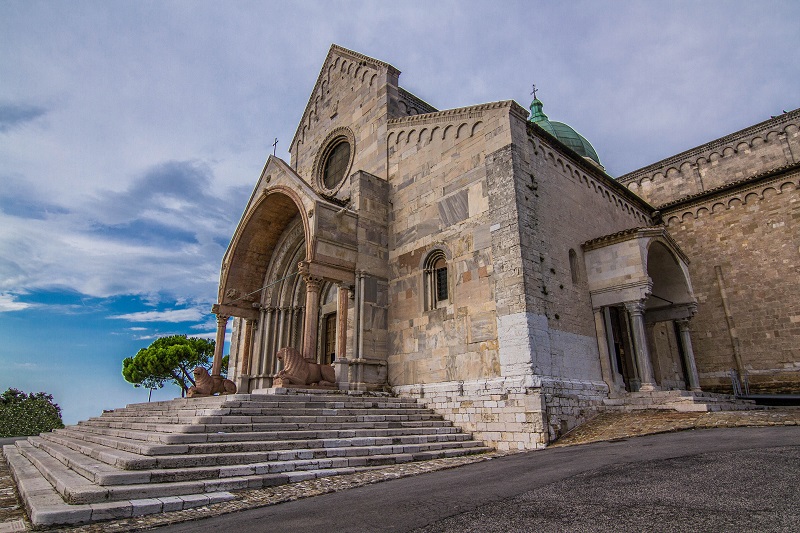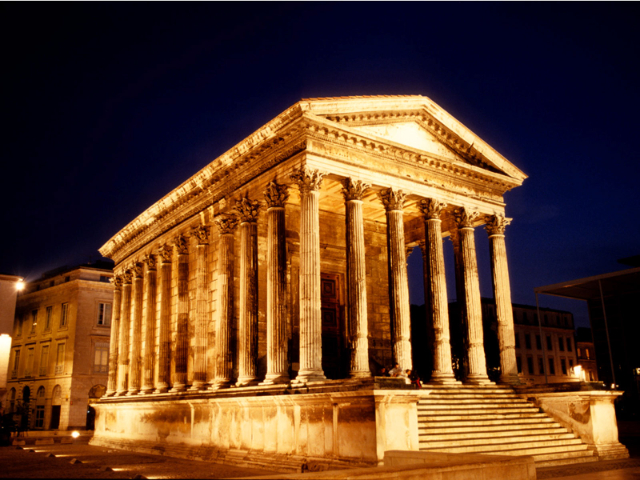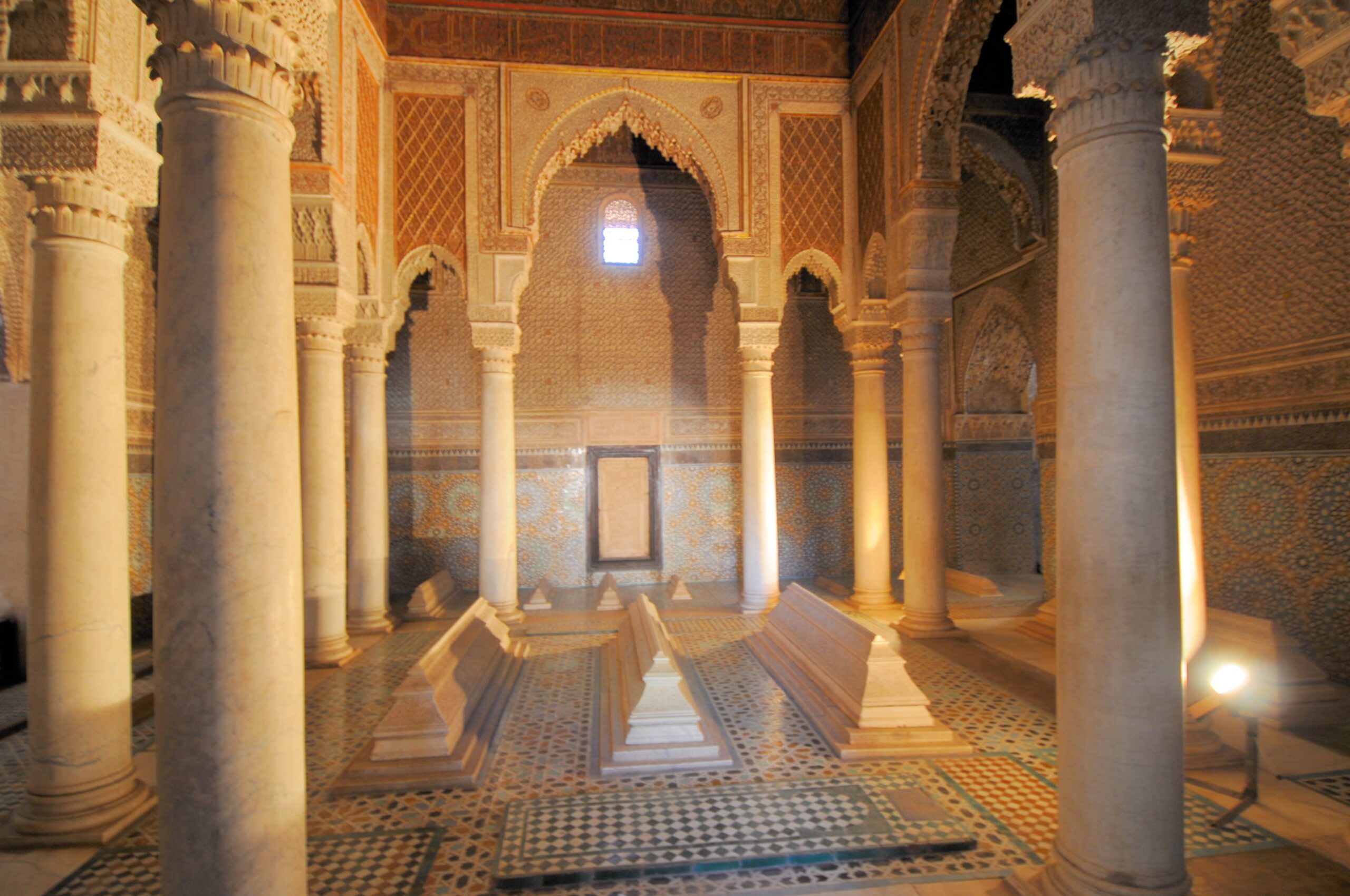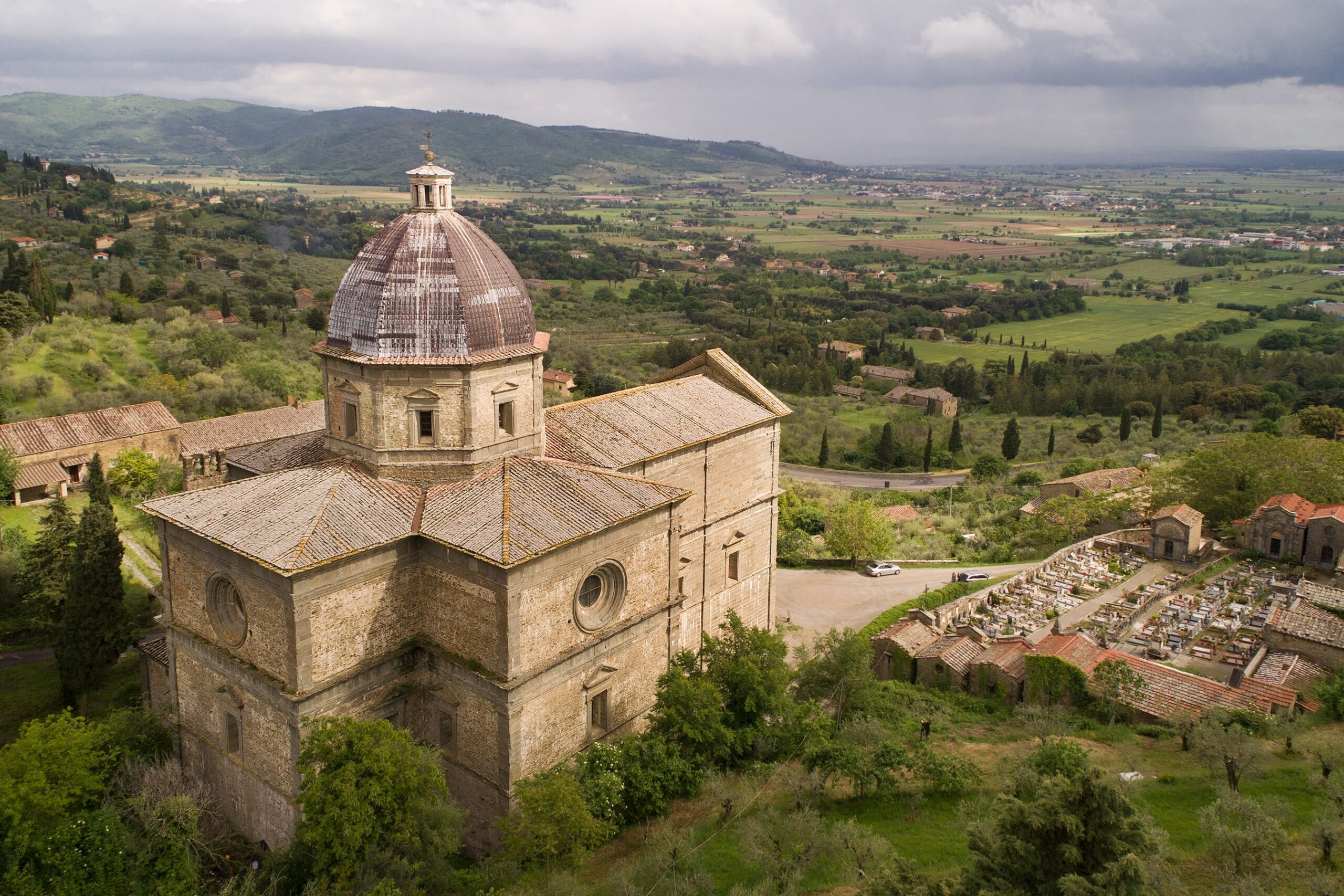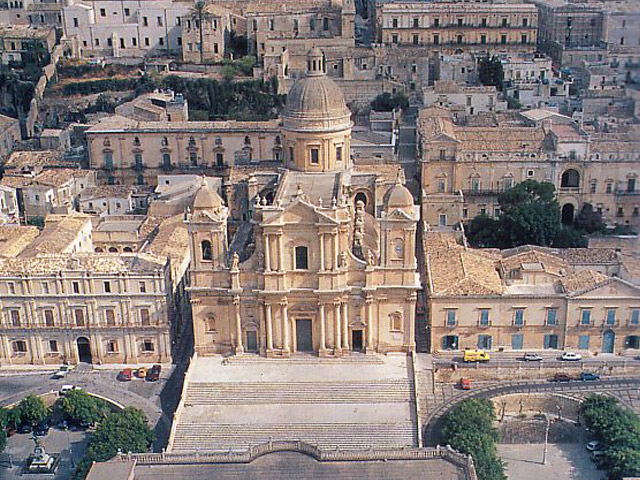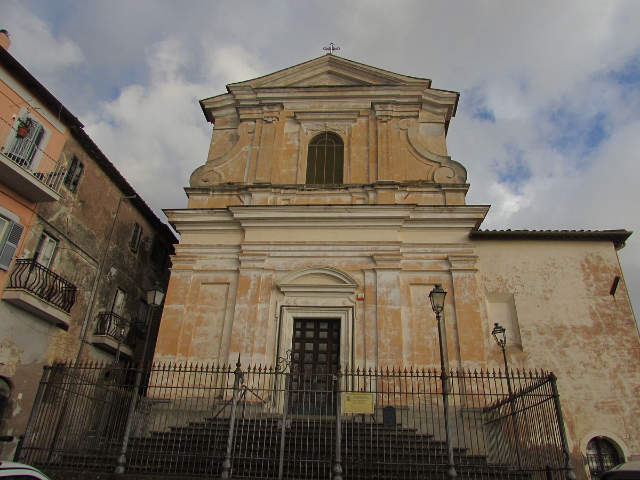The Cathedral of San Ciriaco represents the emblem of Ancona, both for its geographical position and for its historical and religious significance. It is also one of the most interesting medieval churches in the Marche region, where there are Byzantine and Gothic elements.
The hill where it rises was called in ancient times promontory Cumero, a name composed of the Greek words Kuma and Oro, which together mean "mountain opposite the sea". Later it was called Colle di San Ciriaco or Colle Guasco, after the name of Colonel Cesare Guasco who had important fortifications built towards the sea.
The Cathedral of San Ciriaco was built on the remains of a Hellenistic temple dedicated to the Venus Euplea, the Venus of good navigation. This temple was destroyed in 558 by an earthquake that also razed the town of Numana to the ground.
In the 6th century a basilica was built and dedicated to St. Lawrence. It was rebuilt and enlarged in the 9th century after the Saracen destruction, and transformed into a Greek cross between the 11th and 12th centuries. Despite the damage caused by the two world wars and the 1972 earthquake, the cathedral has been restored to its austere elegance.
The outline of the building, with a central Greek-cross plan, is dominated by the twelve-sided dome with a slender, gothic vault. Covered with metal plates, it is considered by experts to be one of the oldest and most perfect domes in Italy.
The remains of the pagan temple and the early Christian basilica are still visible under the glass panes in the central body of the cathedral. In the left wing is the monument to Pietro Ghinelli, created by Giovanni Dalmata da Traù in 1509. In the left wing, in the chapel of the Madonna, is the splendid altar by Luigi Vanvitelli (1738).
The right transept houses the Chapel of the Crucifix, where the barriers are composed of precious graffiti panels of plutei dating back to 1189, the work of a master Leonardo. They contain figures of saints, prophets and symbolic animals.
